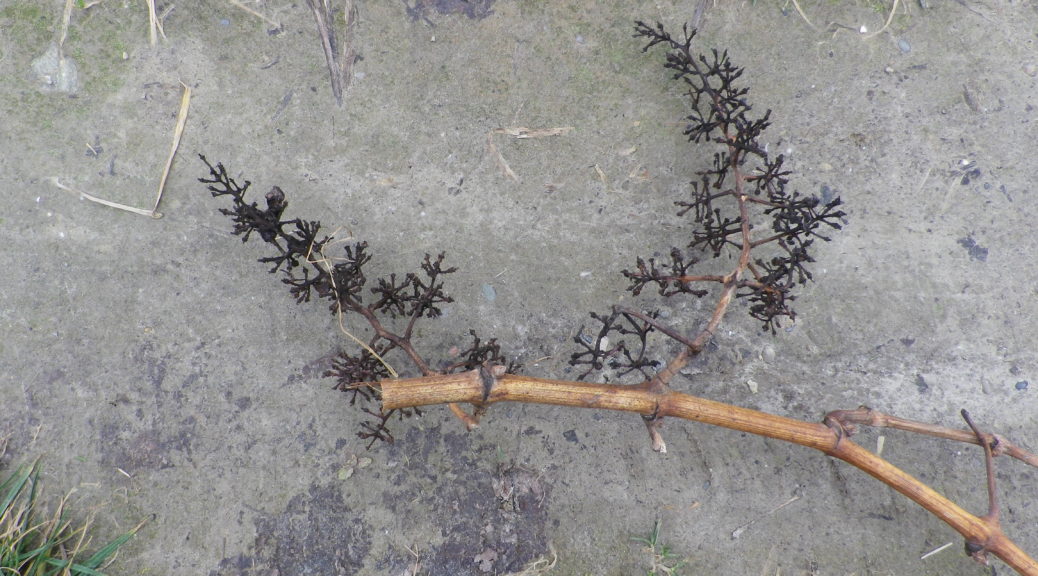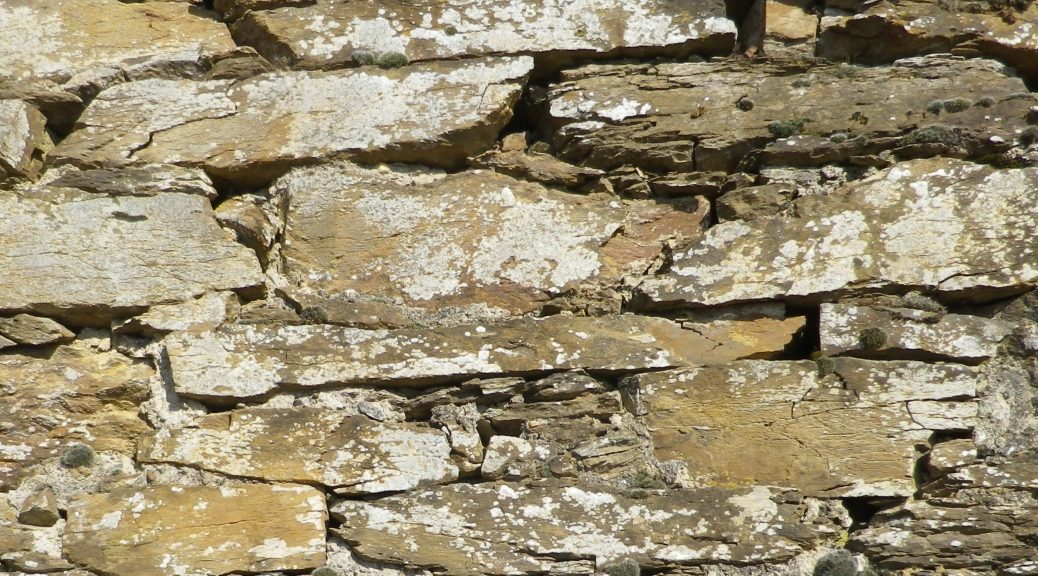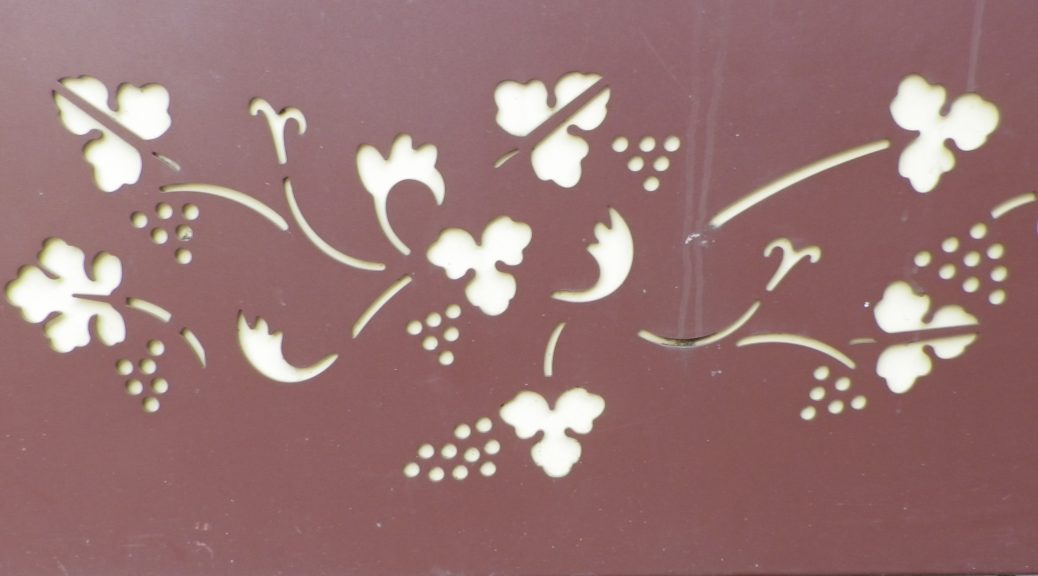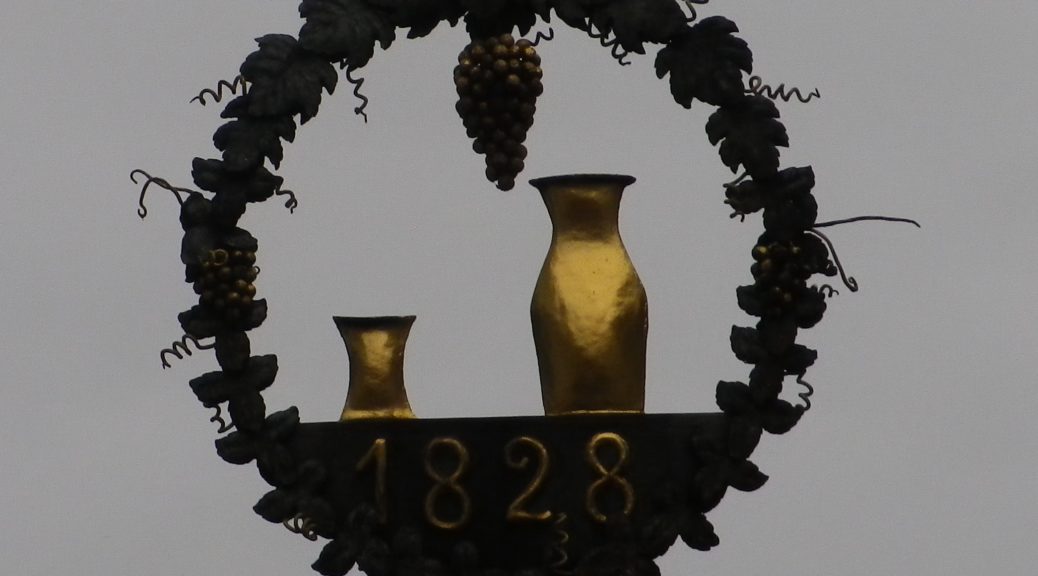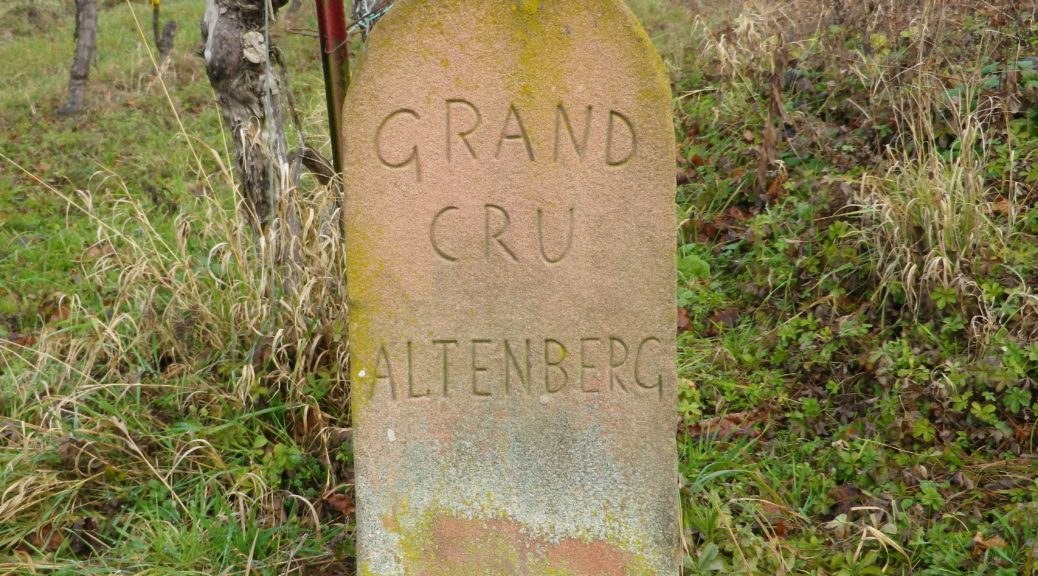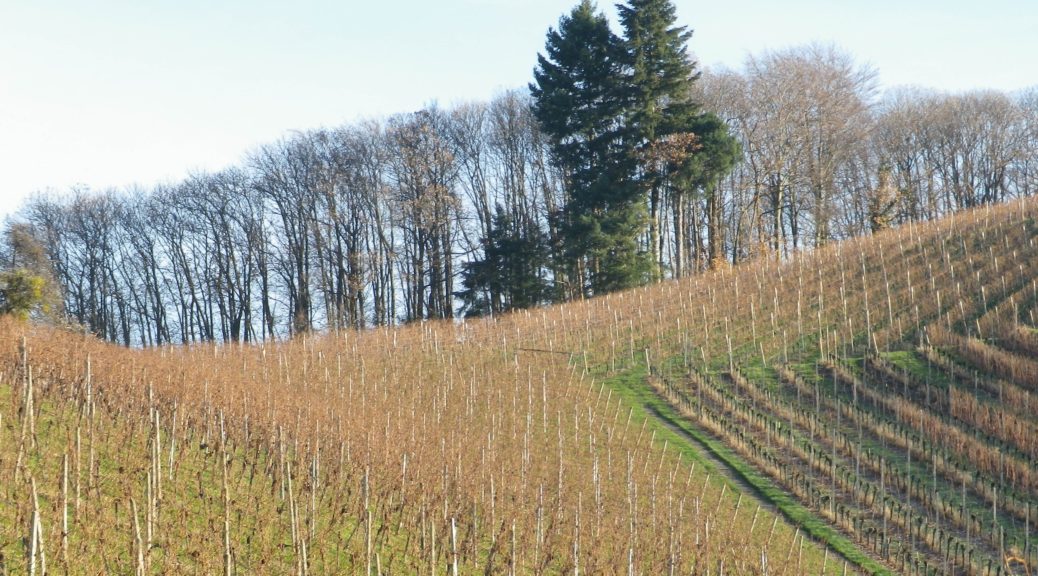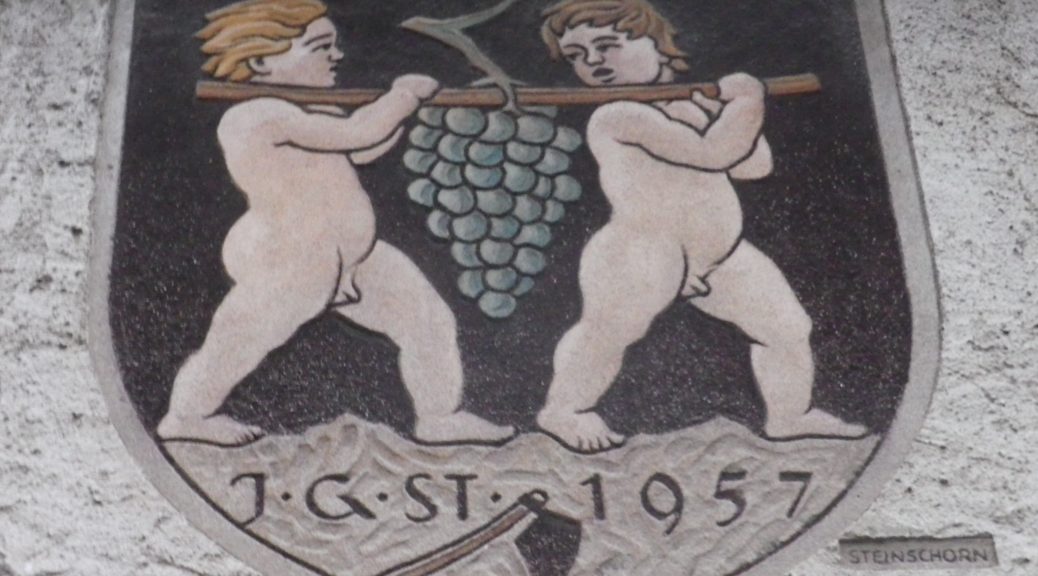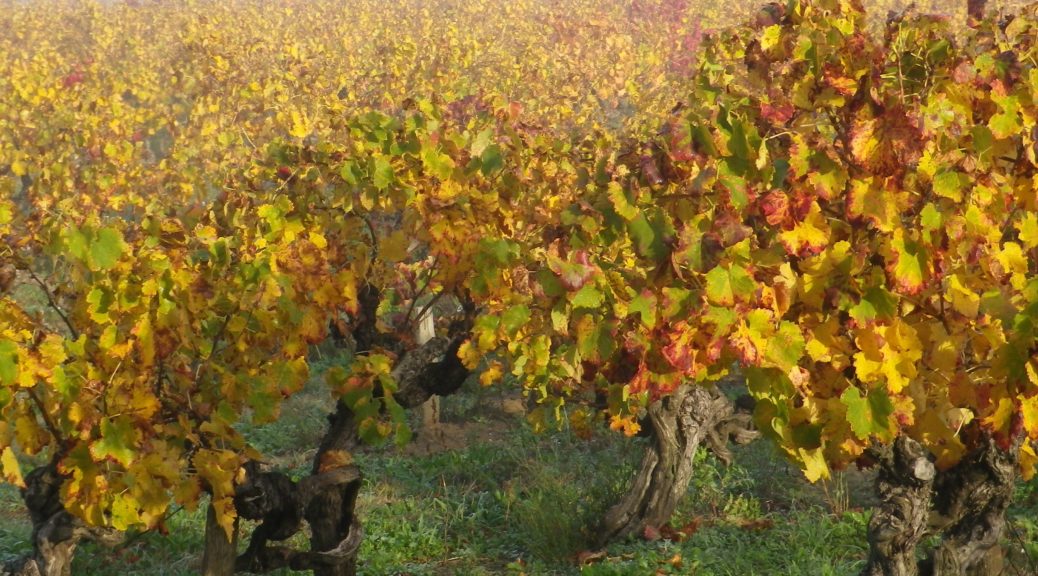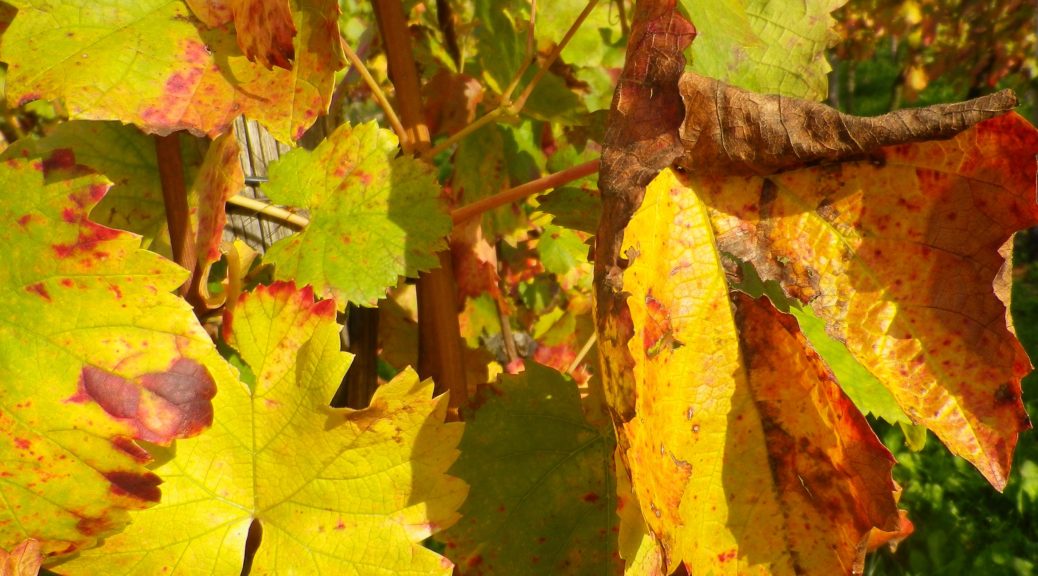What I Learned:
Germany’s important (and oldest) wine-producing Moselle River region has three wine districts along it – the Upper, Middle and Lower – beginning at the French-Luxembourg border, and continuing to Koblenz downriver. This post focuses on the Lower Moselle (Untermosel), also known as the Terraced Moselle (Terrassenmosel).
This district, north of Zell (with the famous black cat emblem), past Cochem and its imposing Reichsburg Castle, to the river junction at Koblenz with the Rhine, boasts some of the steepest vineyards in the world. It is home to the Calmont in Bremm, which has almost a 65-degree incline! Hence the need for the narrow terraces which dominate the landscape in the vine-bearing cliffs and steep hillsides of this district. In the village of Hatzenport, three named vineyard areas, the Kirchberg, the Stolzenberg and the Burg Bischofstein, are among some of the steepest vineyards in the district.
Continue reading Wine Notes: Lower Moselle/Terrassenmosel →
